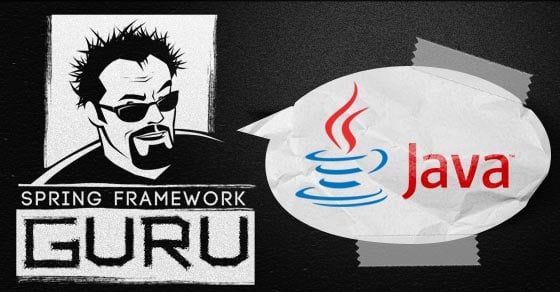Spring Retry
Spring Retry provides the ability to automatically re-invoke a failed operation. This is helpful when errors may be transient in nature. For example, a momentary network glitch, network outage, server down, or deadlock. You can configure the spring-retry module using annotations. You can define the retry limits, fallback methods, etc. In this post, you will […]Continue reading








